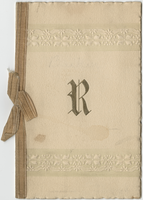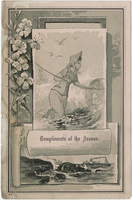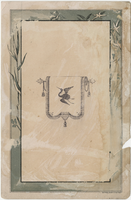Search the Special Collections and Archives Portal
Search Results
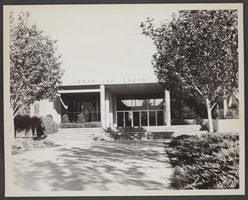
Photograph of North Las Vegas City Hall, 1966
Date
1966 to 1979
Archival Collection
Description
A black and white picture of the North Las Vegas City Hall.
Image
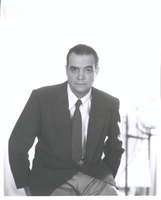
Photograph of Howard Hughes, August 17, 1954
Date
1954-08-17
Archival Collection
Description
Portrait of Howard Hughes, August 17, 1954. This photo was used in the Hughes Aircraft Company's corporate publications.
Image
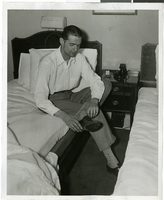
Photograph of Howard Hughes, January 14, 1936
Date
1936-01
Archival Collection
Description
Howard Hughes sitting on a bed and putting on his shoe. Description printed on back of photograph: "Howard Hughes at the Waldorf Astoria Hotel j/14/36."
Image

Photograph of Howard Hughes, January 14, 1936
Date
1936-01
Archival Collection
Description
Howard Hughes on the telephone, with shaving cream on his face. Description printed on back of photograph: "Howard Hughes at the Waldorf Astoria Hotel j/14/36."
Image

Photograph of Howard Hughes, January 14, 1936
Date
1936-01
Archival Collection
Description
Howard Hughes on the telephone, with shaving cream on his face. Description printed on back of photograph: "Howard Hughes at the Waldorf Astoria Hotel j/14/36."
Image
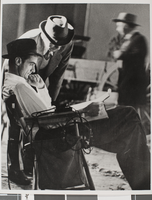
Photograph of Howard Hughes, circa late 1930s
Date
1935 to 1939
Archival Collection
Description
Howard Hughes sitting down with an unidentified man leaning over his shoulder.
Image
Pagination
Refine my results
Content Type
Creator or Contributor
Subject
Archival Collection
Digital Project
Resource Type
Year
Material Type
Place
Language
Records Classification


